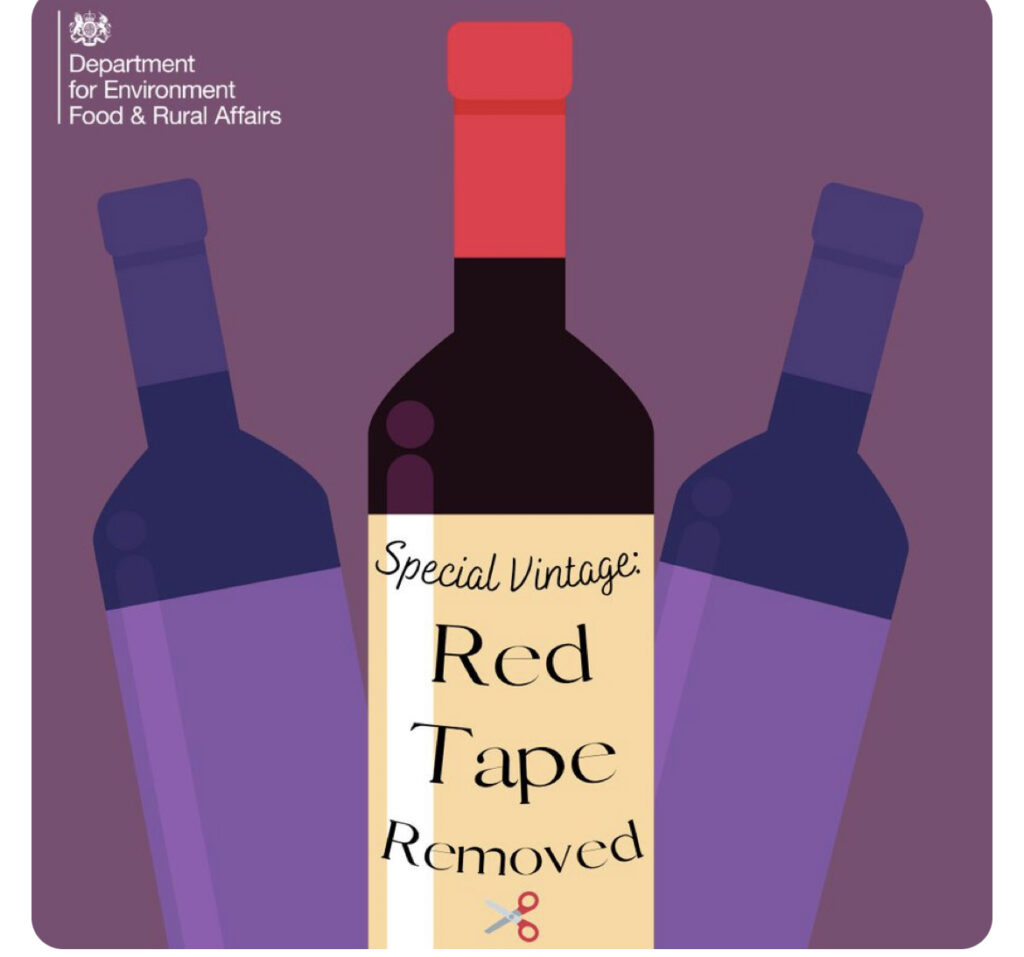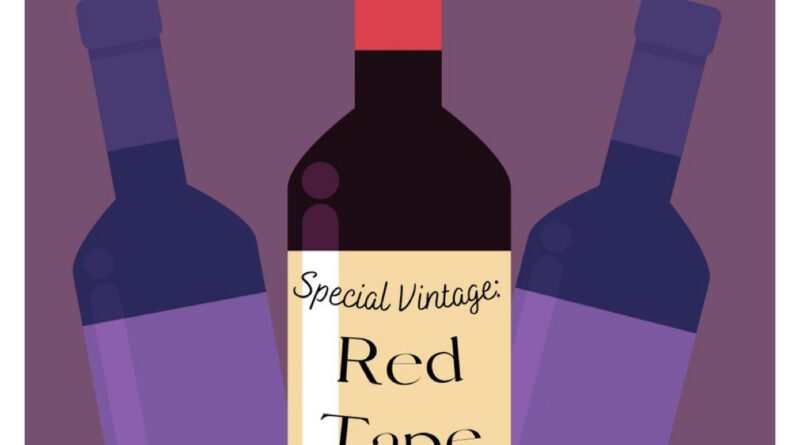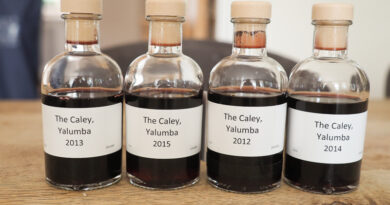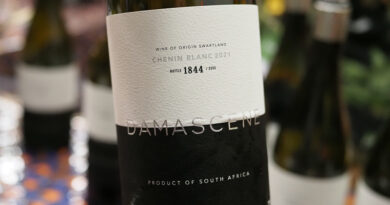Proposed changes to UK wine regulation could precipitate a race to the bottom, and damage the growing UK wine production sector immensely
Proposed changes to UK wine regulation could precipitate a race to the bottom, and damage the growing UK wine production sector immensely
A consultation will soon be launched on changes to regulations in the UK wine sector. You can read the official release here.

These changes seem to have the backing of the industry body the WSTA. Some of them are good, common sense changes. But included in these are some measures that could seriously damage wine in the UK: both the quality and range of imported wines offered to consumers, but also the thriving domestic production scene. Here’s why.
“Blending wine – Allow imported wine to be blended in market. This will boost our domestic industries by enabling the production of new product lines.”
“Transformation of wine sector products – Allow imported wine sector to be carbonated, sweetened, de-alcoholised in market. This will enable our industry to create more product lines for the UK market/tastes and give consumers more choice.”
These are the two most dangerous proposals.
There’s nothing wrong with shipping wine in bulk and bottling in the market. This is already widely done, and the UK has large wineries that receive wine and bottle it with great technical skill. It reduces the carbon footprint of wine.
But these new proposals open up the possibility of bulk shipping wines, blending them, reducing alcohol levels, and sweetening them in market. And with the ability to declare grape variety and vintage even where the wine has lost its appellation, this is a green light to use all these measures to make very cheap wine, and make it look like more expensive wine. The ability to de-alcoholize wine is significant because of the new duty bands, which make wines with higher alcohol levels much more expensive. At the bottom of the market, every penny counts.
If these measures are passed, then existing UK bottlers will start scouring the market for the cheapest bulk wines, blending them, and then selling them at very low prices. For example, a supermarket might want a Chardonnay. They could source the cheapest Chardonnay on the market, even from different countries, blend it together, and put Chardonnay and the vintage on the label, and make it look nice. It’s another step in the race to the bottom. Wine quality will come a distant second to commercial imperatives. These new cheap wines will steal market share from wines made by producers. Who knows? Maybe they’ll even be able to add water and tartaric acid to wines to get the alcohol levels down: reverse osmosis and spinning cone will be too expensive for this level of wine.
Or, import bulk wine, acidify it slightly, carbonate it, add 15 g/l sugar, and package it nicely – and suddenly you have a Prosecco look-alike but at a much cheaper price. This will definitely happen if these changes go through. Is this a benefit for UK consumers?
What about domestic production? We have seen what can go wrong in the market in Canada, where the most affordable ‘Canadian’ wines are actually blends of a little bit of Canadian wine with imported bulk wine. These used to be called Cellared-in-Canada wines, and now are known as International-Domestic Blends (officially, “international blend from imported and domestic wines”). In Ontario, these wines must contain 25% of Canadian grapes. In BC, it’s just 1%. Go into any branch of the LCBO and you’ll see a whole range of these wines, with established Canadian brands such as Jackson-Triggs and Inniskillin on the label. Over half the Ontario grape harvest ends up in these wines, so it’s big business, accounting for 58% of the market share for wine in Ontario (by volume).
If rules are relaxed and this begins happening with UK-grown grapes to produce blends with imported wines, this could be a disaster. Even if the term English Wine is forbidden for these products, there are ways round this, such that consumers think they are buying an English wine – after all, it may have 80% Spanish bulk wine in it, but it’s ‘made in England’ perhaps by a well-known English wine producer. This would enable large UK wineries to hit lower price points than they currently can with UK-grown grapes.
Or imagine the following scenario: a large winery opens a stunning tourist destination in the South of England. It’s a tasting room and restaurant, overlooking a vineyard, in a bucolic setting. But their biggest selling wine isn’t made from 100% English grapes. It’s 10% English grapes blended with bulk wine and then given three months in a Charmat tank. This concoction is tasty and it hits the £10 retail price point. Everyone is happy? Well, not the other English producers who find that their industry has been disrupted, and not in a good way.
The Canadian lesson should be one that anyone who cares about English and Welsh wine takes to heart. If the door is opened for this sort of product, then it will spell disaster.
There are some sensible changes proposed in this documentation, but it’s a classic Trojan Horse piece of legislation. There are those with significant vested interests who want the wine market opened up so they can make money (but at a terrible cost to the wine sector at large, as I have argued here) and they way they will get these through is by tying this liberalization to sensible, much-needed changes. Anyone with a voice when the consultation comes through needs to urge that these good changes are separated from the dangerous ones. There’s no reason these need to come as a package.




